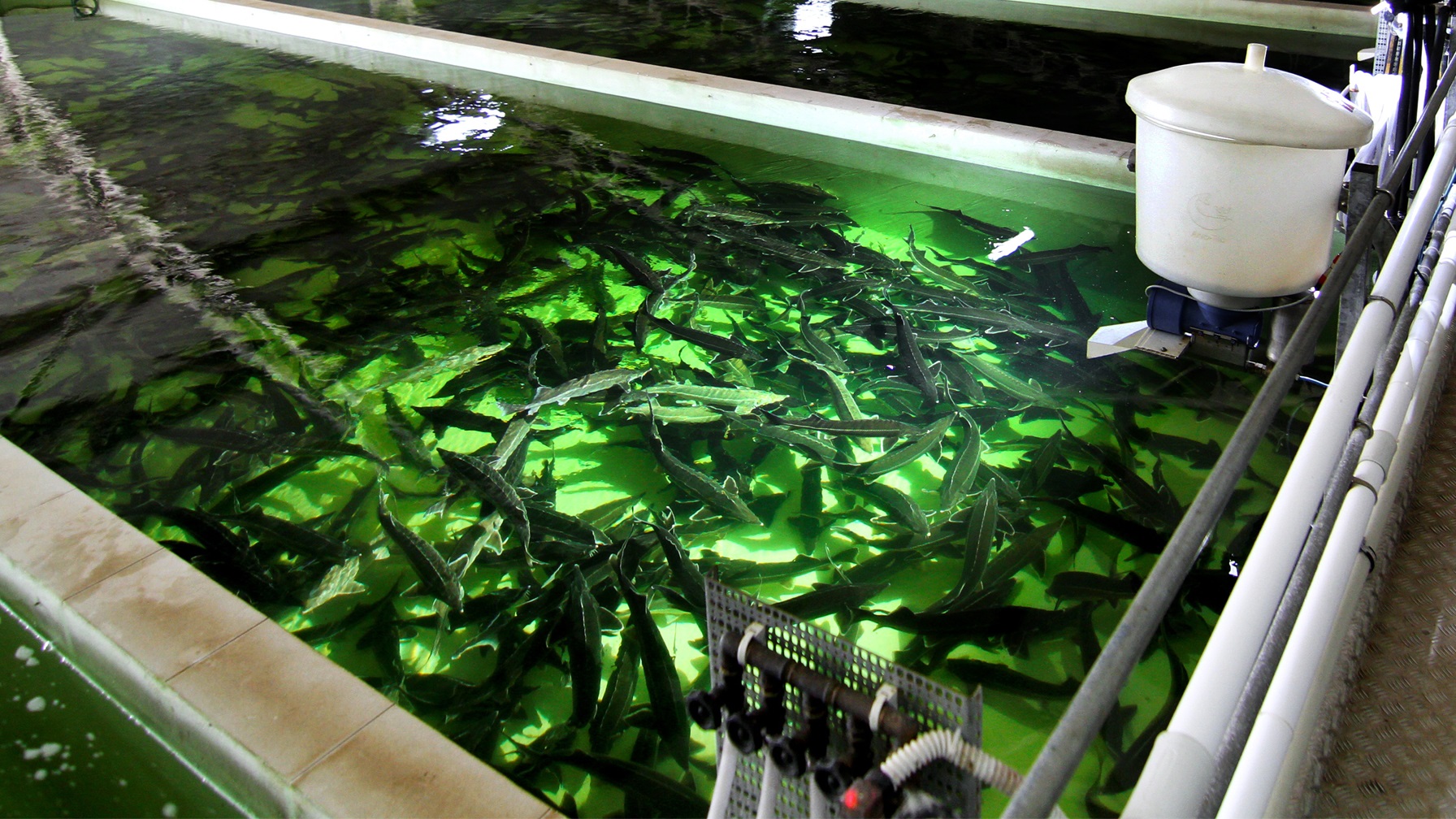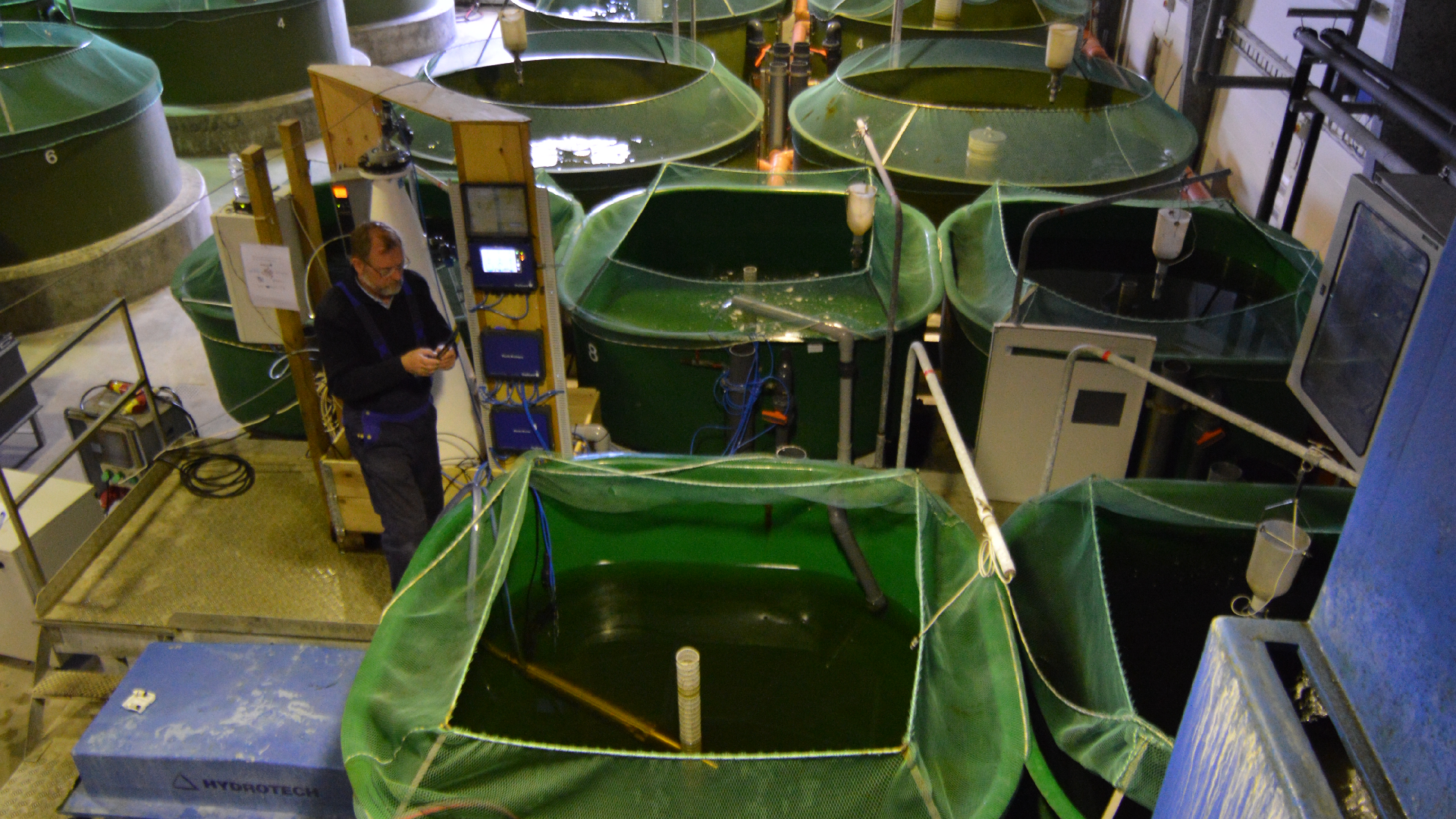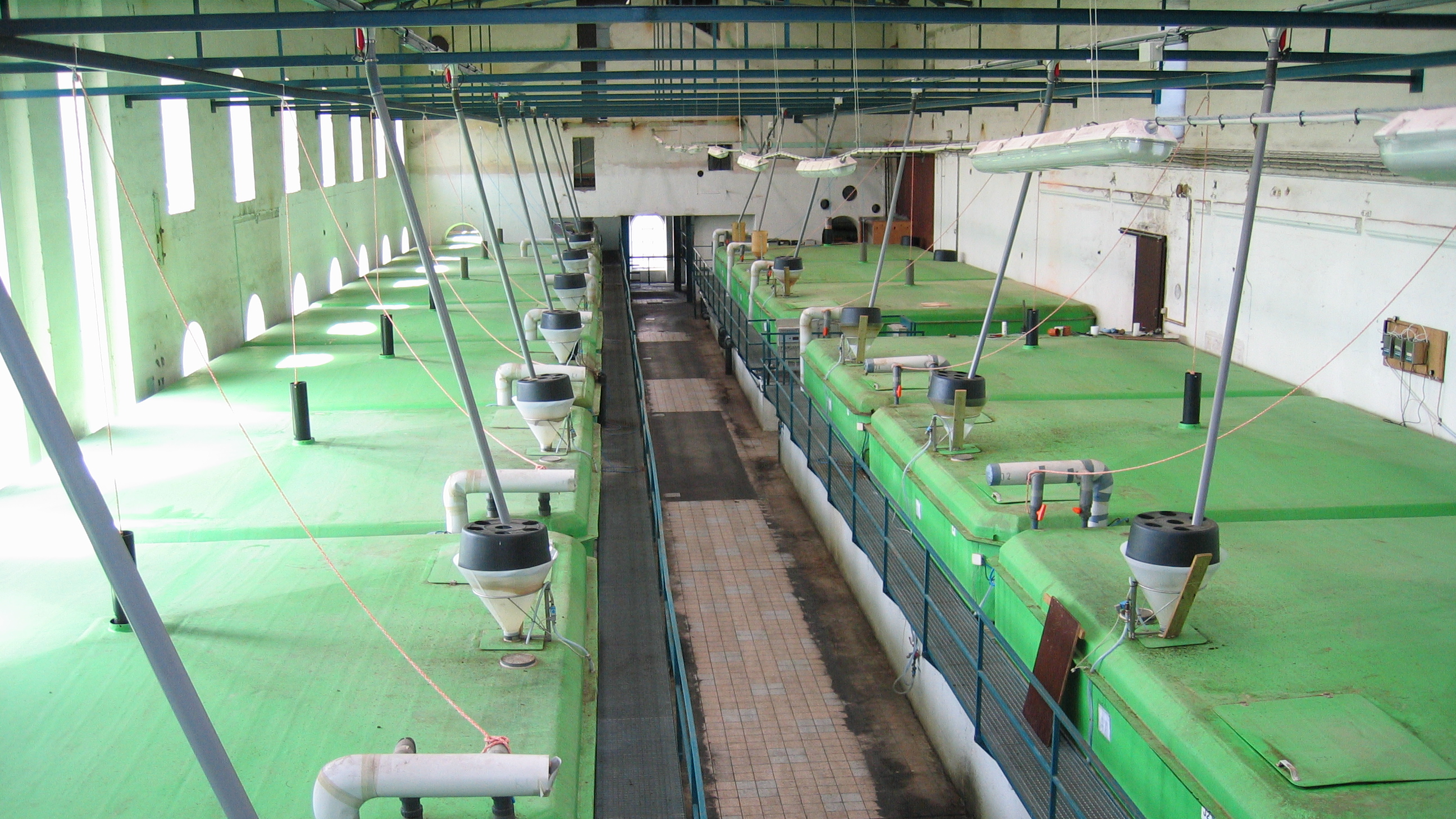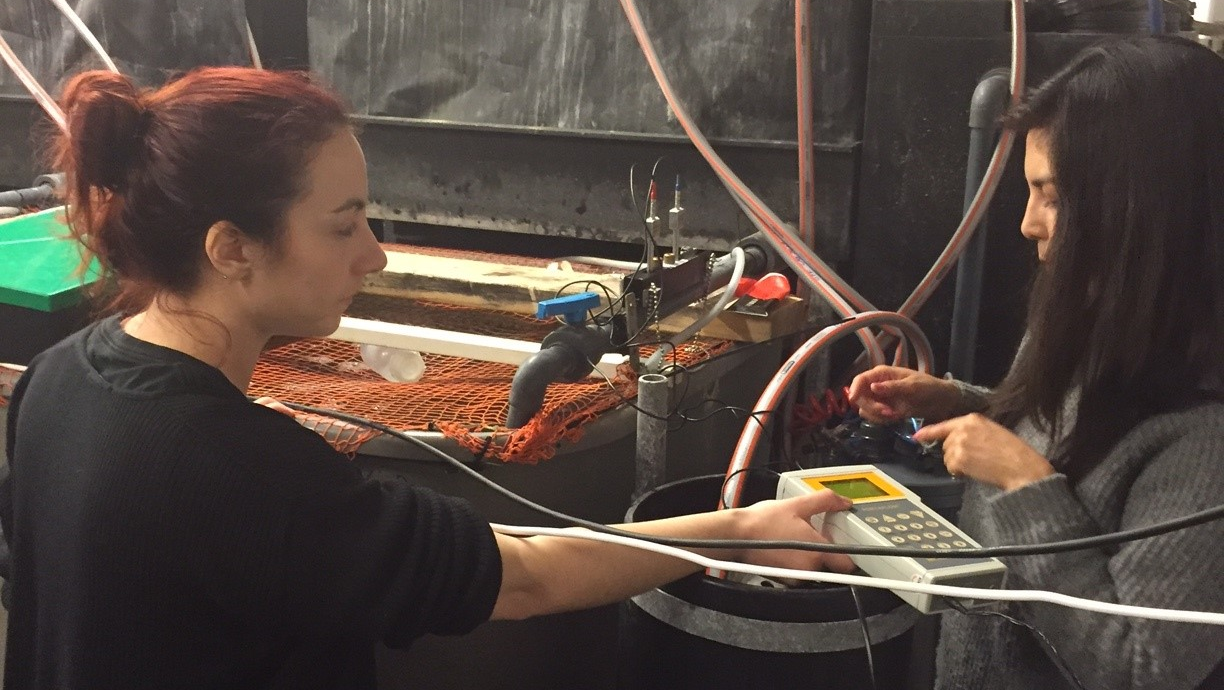Aquaculture
To preserve the aquatic environment from overfishing, aquaculture has rapidly developed over the last years, becoming an important industrial section. To keep the bacterial load in fish farms to a low level, UV disinfection is needed. When turbidity is increased, ozonation prior to UV radiation is highly recommended. Ozonation in fish farming facilities is beneficial as the oxygen concentration is enhanced when ozone reverts to oxygen.
The treatment with UV and/or ozone is widely used as the physical characteristics of the treated water are not affected so water disinfection occurs without undesirable side effects e.g. toxic byproducts, pH changes or temperature fluctuations. Thus, the improved water quality, will possibly increase stock density and significantly reduce the risk of disease. Aquacultures are located in remote facilities where energy consumption is critical, and therefore amalgam lamps are usually used.
Explore our products


VIDA: Removal of off-flavour in farmed fish
Using ozone and UV in combination (the Martin-concept) to remove geosmin and MIB from aquaculture water. First test at the salmon ...
Read more
Ozone in eel RAS
At Jupiter ål, Stege in Denmark ozone was installed. A warm freshwater facility located on the beautiful island Møn, in an old sugar beet factory. Small modular 20g ozone ...
Read more
Ozonation in recirculated aquaculture systems
R&D: To address the undesired effect of chemotherapeutants in aquaculture, ozone has been suggested as an alternative to ...
Read more